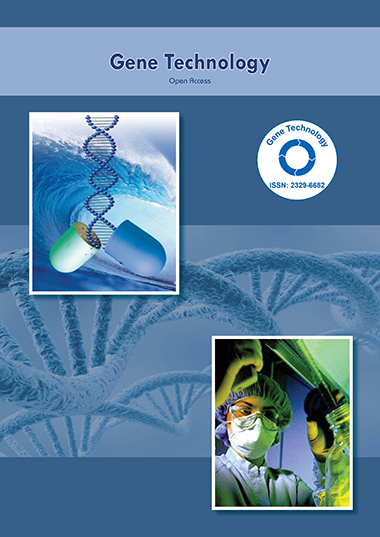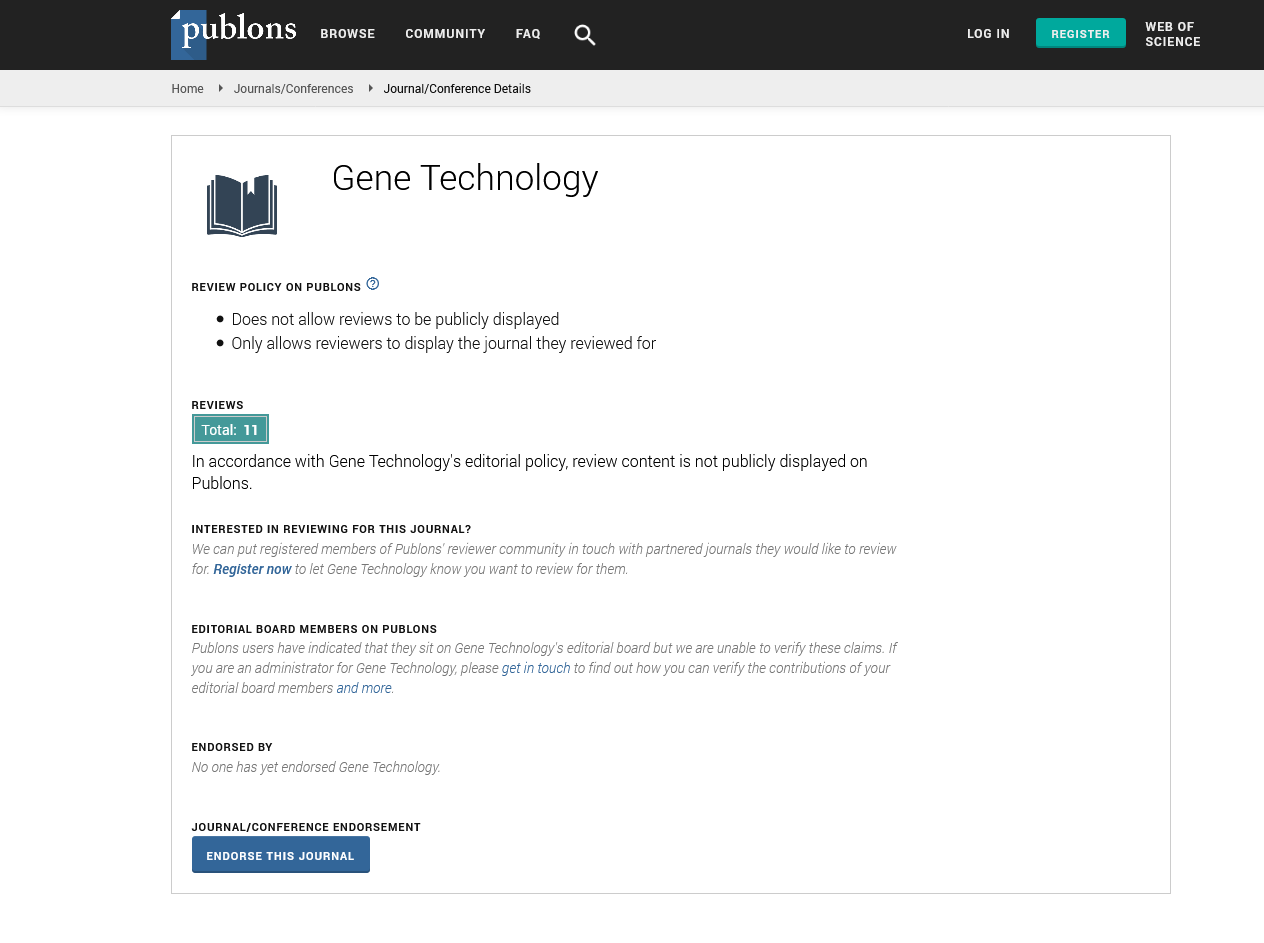Indexed In
- Academic Keys
- ResearchBible
- CiteFactor
- Access to Global Online Research in Agriculture (AGORA)
- RefSeek
- Hamdard University
- EBSCO A-Z
- OCLC- WorldCat
- Publons
- Euro Pub
- Google Scholar
Useful Links
Share This Page
Journal Flyer

Open Access Journals
- Agri and Aquaculture
- Biochemistry
- Bioinformatics & Systems Biology
- Business & Management
- Chemistry
- Clinical Sciences
- Engineering
- Food & Nutrition
- General Science
- Genetics & Molecular Biology
- Immunology & Microbiology
- Medical Sciences
- Neuroscience & Psychology
- Nursing & Health Care
- Pharmaceutical Sciences
Perspective - (2024) Volume 13, Issue 4
Positive Selection of SMAD4 Mutations and their Role in Human Genetics
Nathan Rivera*Received: 29-Nov-2024, Manuscript No. RDT-24-28175; Editor assigned: 02-Dec-2024, Pre QC No. RDT-24-28175 (PQ); Reviewed: 16-Dec-2024, QC No. RDT-24-28175; Revised: 23-Dec-2024, Manuscript No. RDT-24-28175 (R); Published: 30-Dec-2024, DOI: 10.35248/2329-6682.24.13.301
Description
The discovery that SMAD4 mutations causing Myhre syndrome are under positive selection in the male germline presents an intriguing insight into the complex exchange between genetics and evolutionary processes. Myhre syndrome is a rare genetic disorder characterized by a range of physical, cognitive and developmental features, including short stature, distinct facial features and intellectual disability. The condition is caused by mutations in the SMAD4 gene, which plays an essential role in the TGF-β signaling pathway, responsible for regulating various cellular processes such as growth, differentiation and apoptosis. While the mutation’s link to Myhre syndrome has been well established, new research suggesting that these mutations are subject to positive selection in the male germline raises important questions regarding the evolutionary forces at play and the implications for our understanding of genetic variation and human health.
Positive selection refers to the process by which beneficial genetic mutations increase in frequency within a population over time. This selection often occurs when a mutation provides some adaptive advantage to individuals carrying it, increasing their likelihood of survival and reproduction. However, the concept of positive selection in the context of a mutation that leads to a genetic disorder like Myhre syndrome challenges conventional views of how harmful mutations behave in populations. Typically, mutations that cause severe health issues, especially those that result in developmental disorders, are subject to negative selection, where individuals carrying such mutations are less likely to pass them on to future generations due to reduced reproductive success. However, the observation that SMAD4 mutations are under positive selection in the male germline suggests that there may be an evolutionary benefit to carrying these mutations, at least in specific contexts.
One possible explanation for this unexpected finding is the role of the SMAD4 gene in regulating cell signaling pathways that influence growth and development. While mutations in SMAD4 lead to Myhre syndrome, they may also confer a selective advantage in specific aspects of male fertility or reproductive success. There is growing evidence that certain genetic mutations, even those associated with disease, may have reproductive benefits under specific circumstances. In the case of SMAD4 mutations, it is possible that these mutations enhance certain aspects of male fertility, such as sperm production or motility, which could lead to increased reproductive success in males who carry these mutations. This would explain why these mutations might be maintained or even increase in frequency in the male germline, despite their deleterious effects on future generations.
Another potential factor contributing to the positive selection of SMAD4 mutations in the male germline is the notion of sexual selection. Sexual selection refers to the process by which certain traits are favored because they increase an individual’s chances of attracting a mate and producing future generations. It is possible that, despite the health challenges associated with Myhre syndrome, males carrying SMAD4 mutations might exhibit certain traits that make them more attractive to potential mates, such as physical characteristics related to growth or strength. These traits could provide an indirect reproductive advantage, leading to an increase in the frequency of SMAD4 mutations over time.
In conclusion, the discovery that SMAD4 mutations causing Myhre syndrome are under positive selection in the male germline provides an interesting perspective on the evolutionary forces that form human genetics. While these mutations are associated with a serious genetic disorder, the possibility that they confer some reproductive advantage highlights the complexity of genetic selection and challenges traditional views of how harmful mutations behave in populations. As research into this phenomenon continues, it is likely that we will gain a better understanding of the complex relationship between genetic mutations, reproductive success and evolutionary dynamics. This knowledge could have important implications for genetic counseling, medical management and our major understanding of human genetics.
Citation: Rivera N (2024). Positive Selection of SMAD4 Mutations and their Role in Human Genetics. Gene Technol. 13:301.
Copyright: © 2024 Rivera N. This is an open-access article distributed under the terms of the Creative Commons Attribution License, which permits unrestricted use, distribution, and reproduction in any medium, provided the original author and source are credited.

